Hello everyone and welcome to my blog :-)

I came back to continue talking to you about Chaves. As promised, it will be in parts, as I believe that every corner deserves your attention.
When we left the Castle, we continued through the alleys, attracted by the noise of people passing by. It's cool that there are parallel streets that we pass along and when we look to the side we see others passing by and disappearing between the buildings.
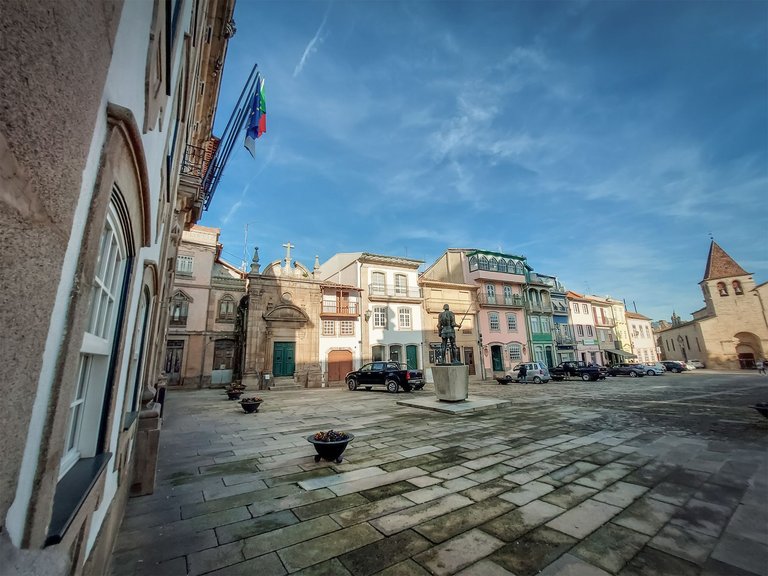

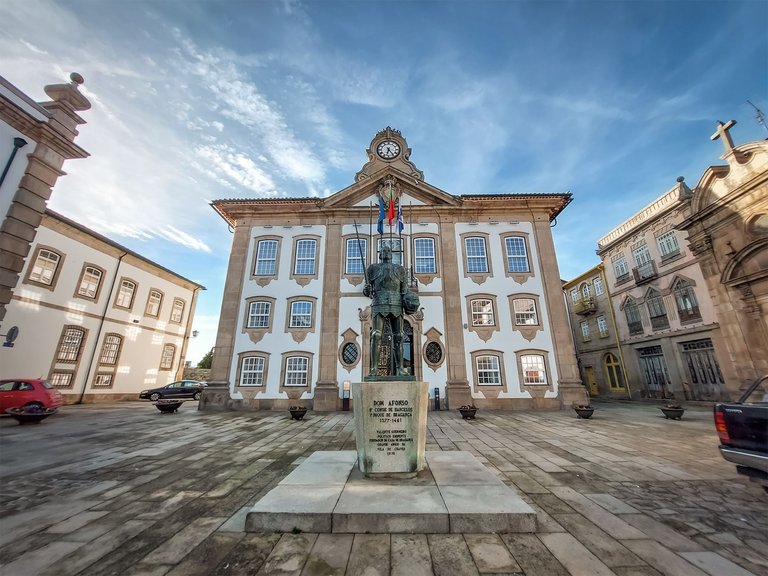
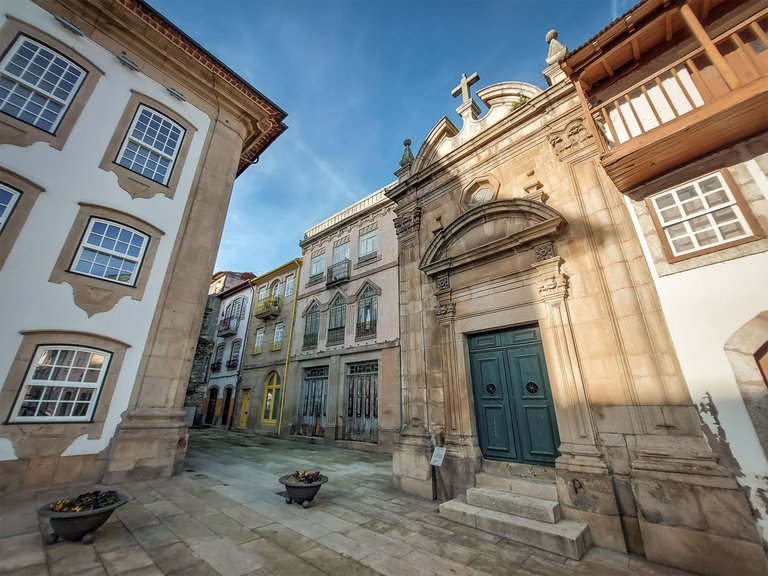
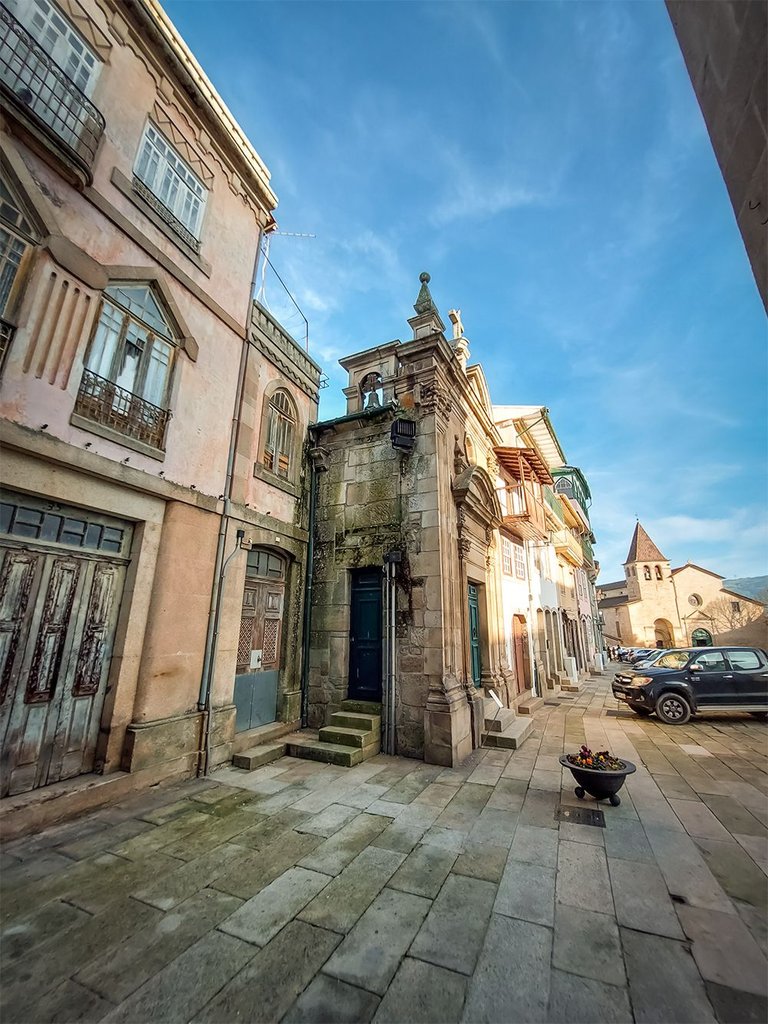

We arrived at a large square where there were many people taking photos and admiring the surrounding buildings. Here all the buildings are restored and restored and there is not a single modern house, so I don't think you can even see in photos the splendor of being here in the middle. I don't know if they exist where they live, but here in Portugal, interactive information points have been placed in city centers where you can also take photos with a frame of the location and send them to our email.
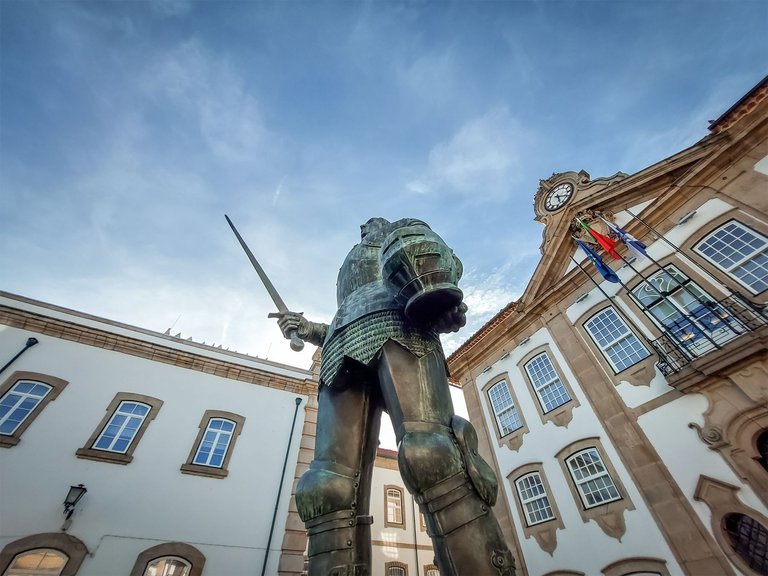
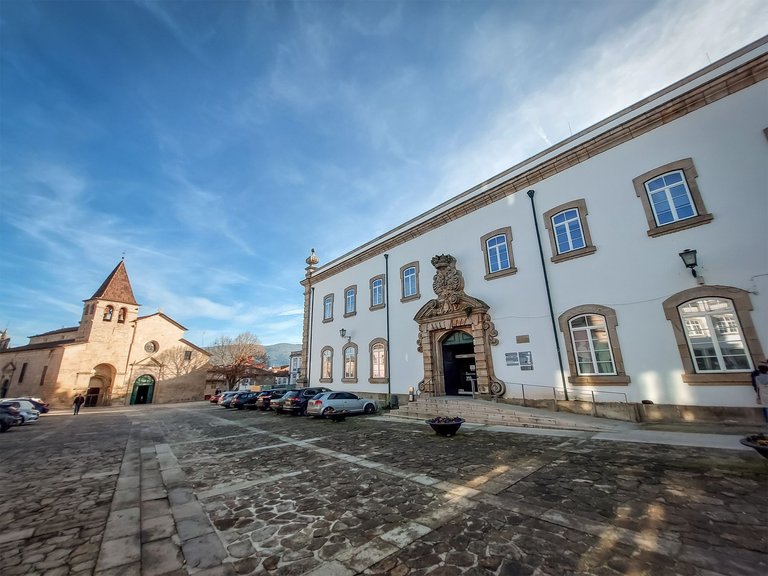
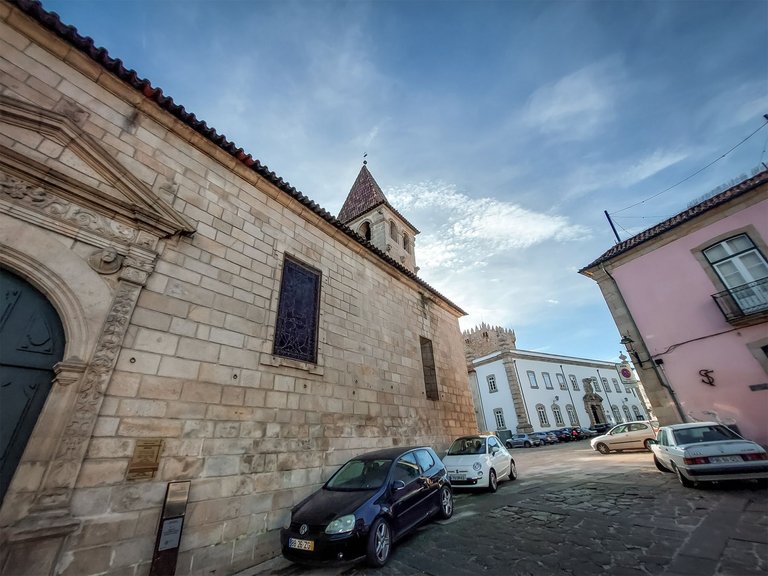
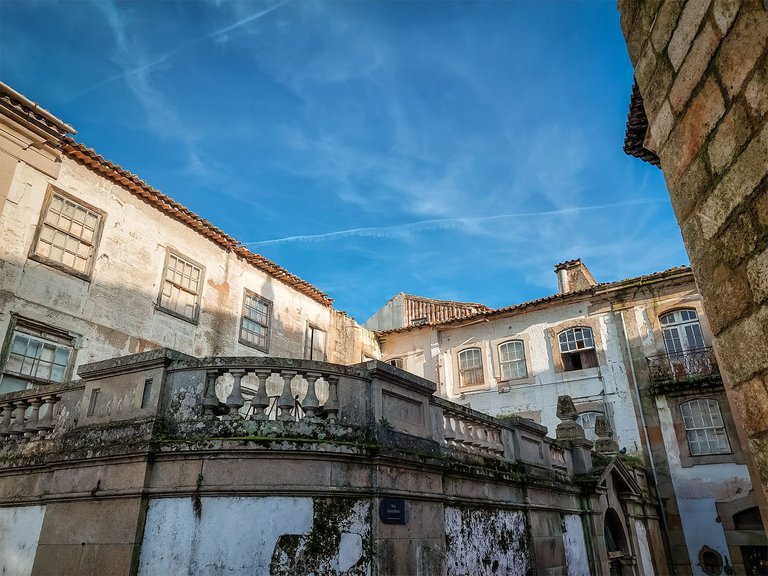
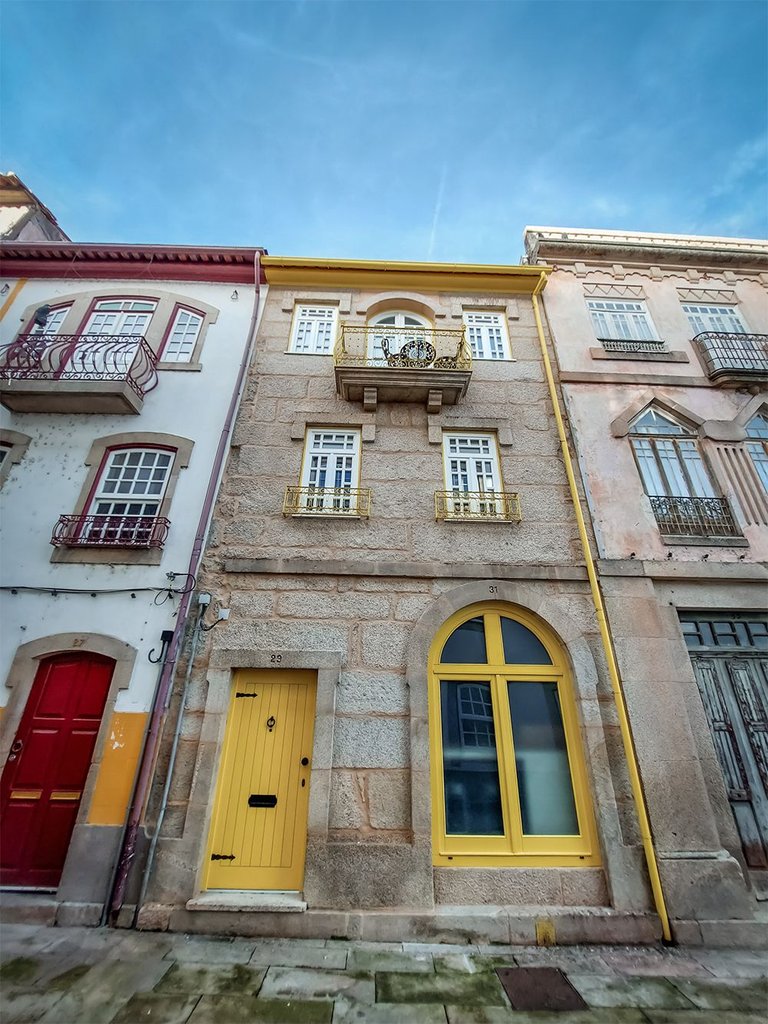
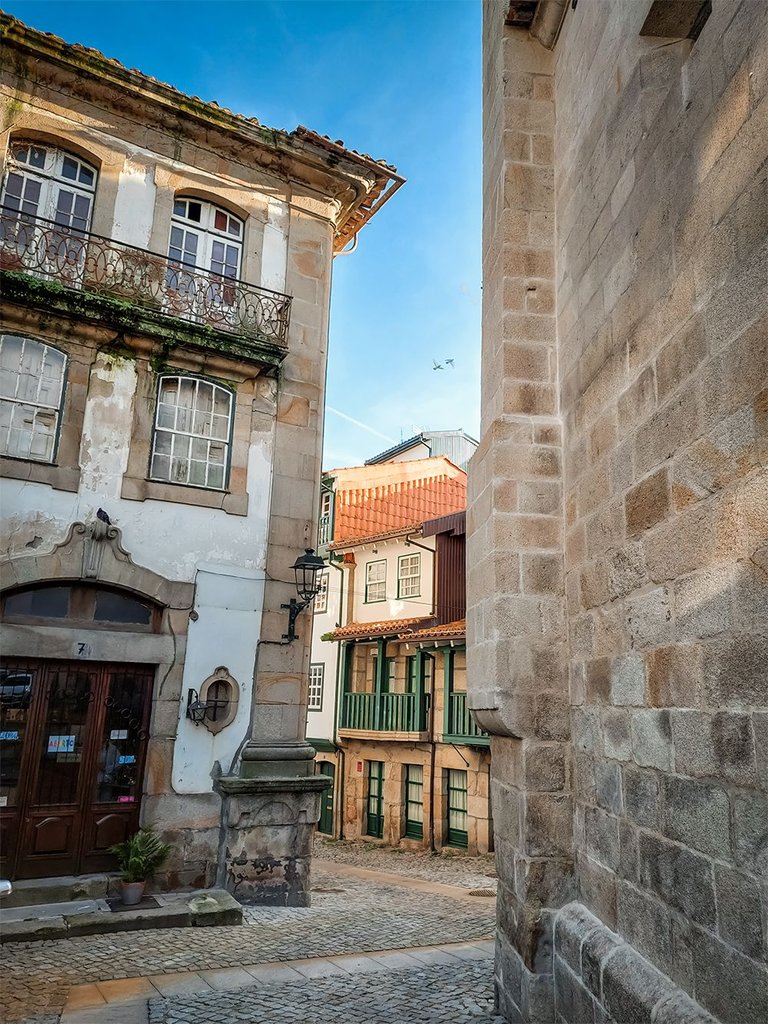
It's really cool and many people take advantage of this souvenir. Now here in Praça de Camões we see an imposing statue of D. Afonso, 8th Count of Barcelos and 1st Duke of Bragança right in front of the City Hall. On one side of the City Hall we have the Tourist Office which is located in the Palace of the Counts of Bragança and Museum of the Flaviense Region. Here it is possible to visit the Museum and see many of the pieces recovered in this location and learn a little more about the history.
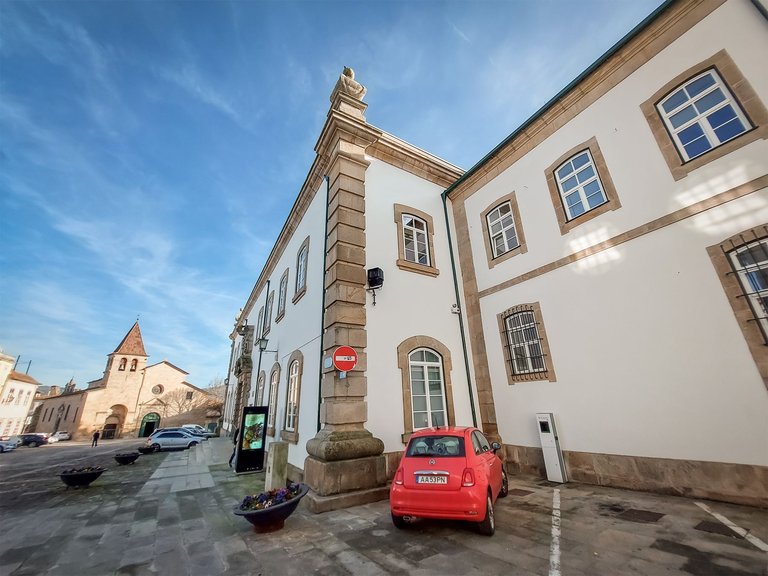
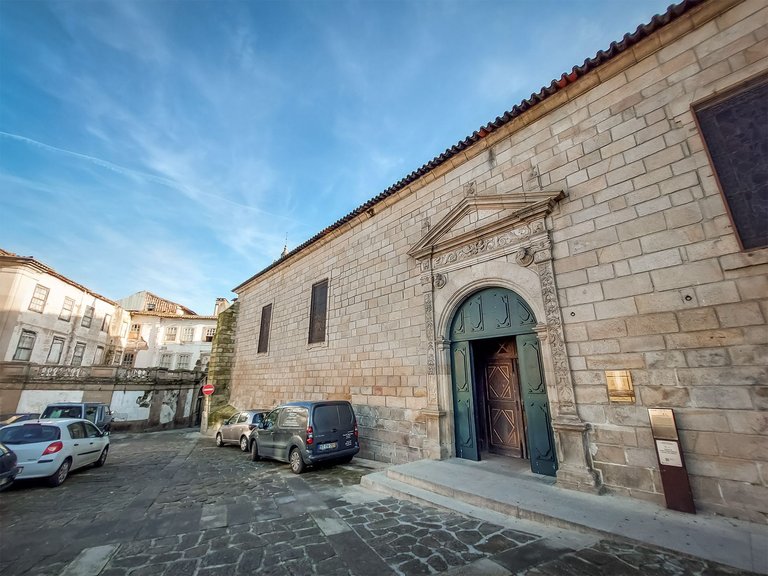
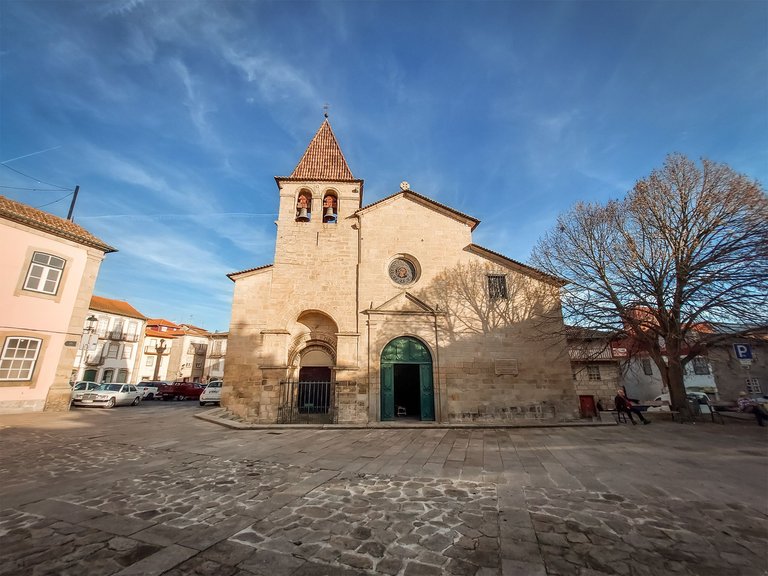
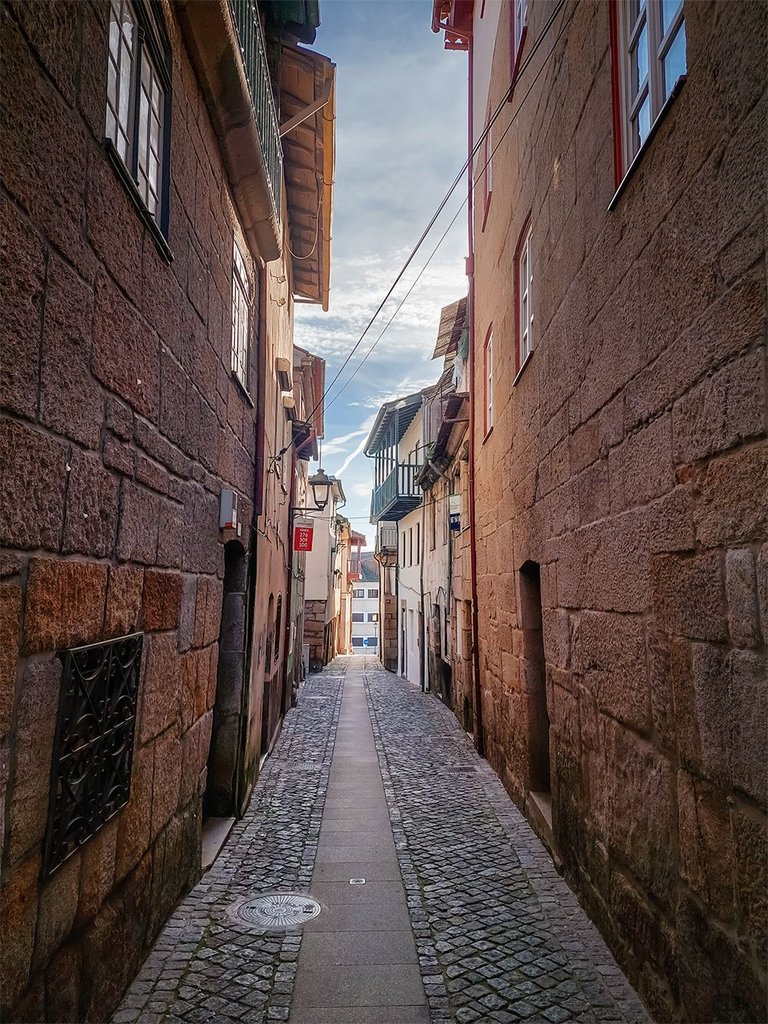
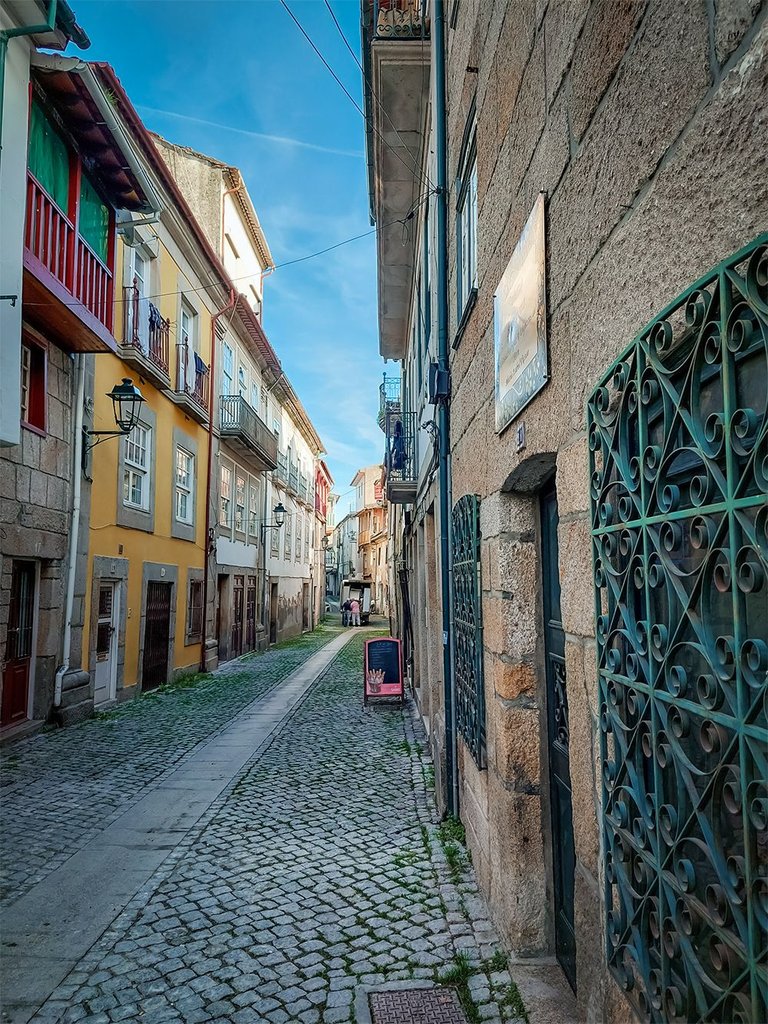
In this square there are two churches (Igreja Matriz de Santa Maria Maior and Igreja da Misericórdia) and a chapel (Capela Senhora da Cabeça).
The latter was built in the 17th century by João de Prada. The remains of Saint Boniface the Martyr are deposited inside.
The Misericórdia Church was also built in the 17th century, unfortunately we were unable to visit it as a wake was taking place. We managed to take some photos as we thought appropriate at the time that was going on.
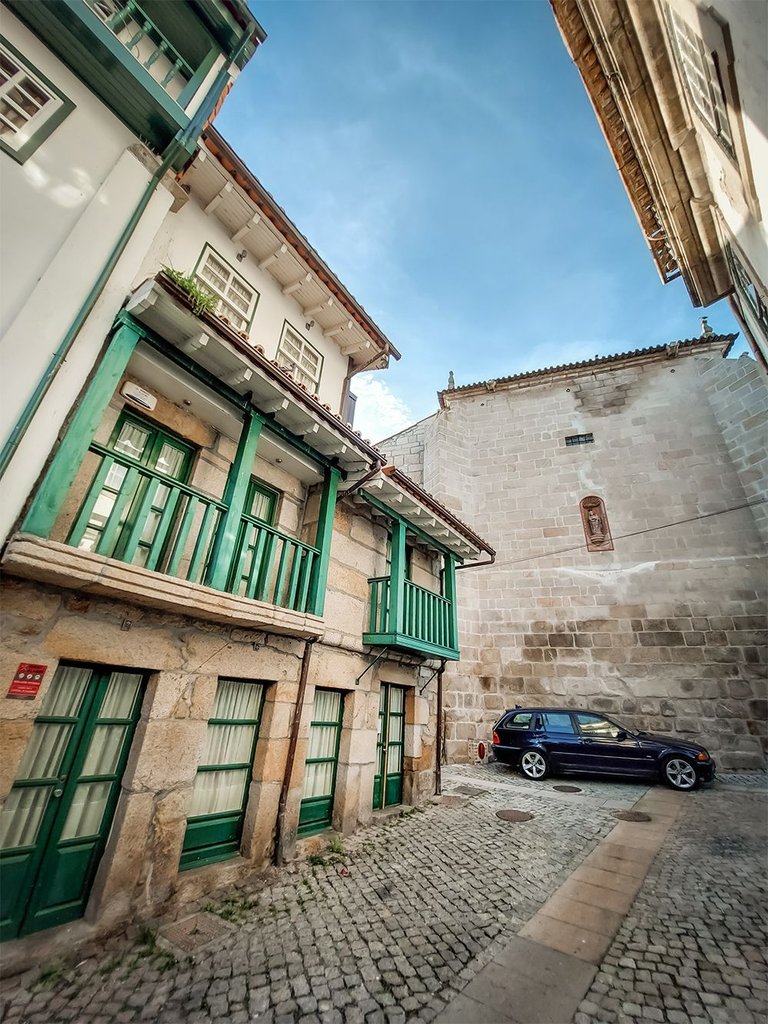


We understand that we are passing through, however we have to know how to respect a moment of pain.
The Main Church must have been built in the Middle Ages, probably in the 12th century, on remains of previous temples.
The streets leading up to and preceding this square are marked by the color of the balconies (facades) of the houses. All restored and painted in a cheerful color (yellow, red, blue) they bring joy to whoever passes by. Local commerce exists in strength here. From traditional products (sausage, ham...), organic vegetables that in larger cities can almost only be purchased in supermarkets.
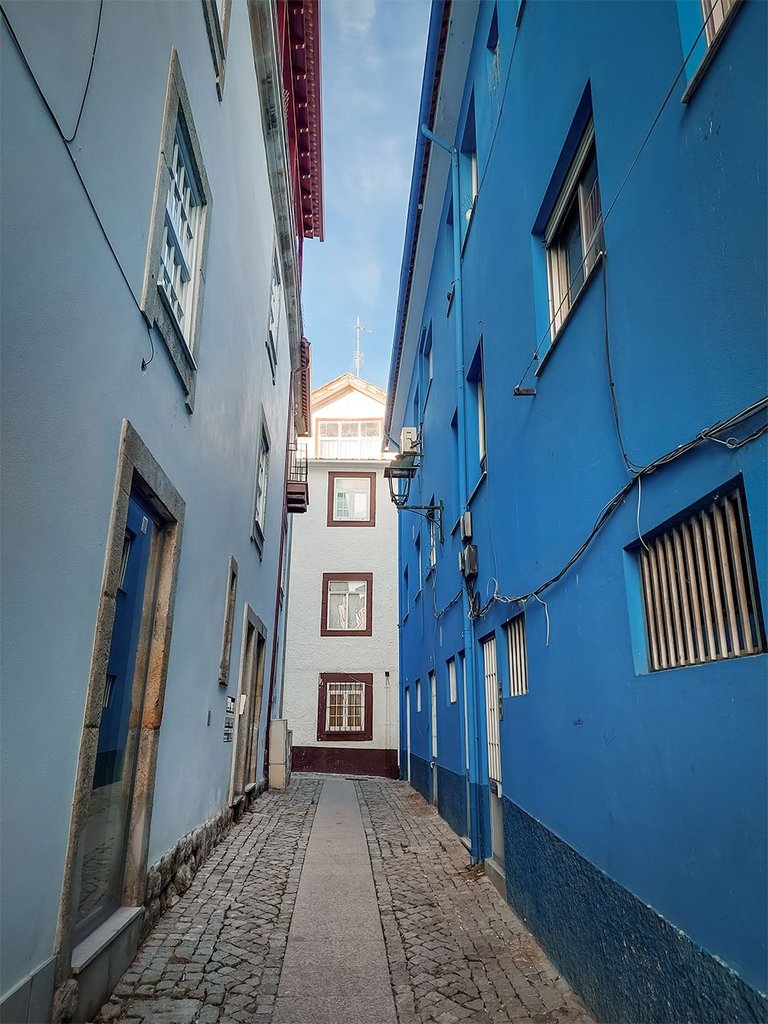
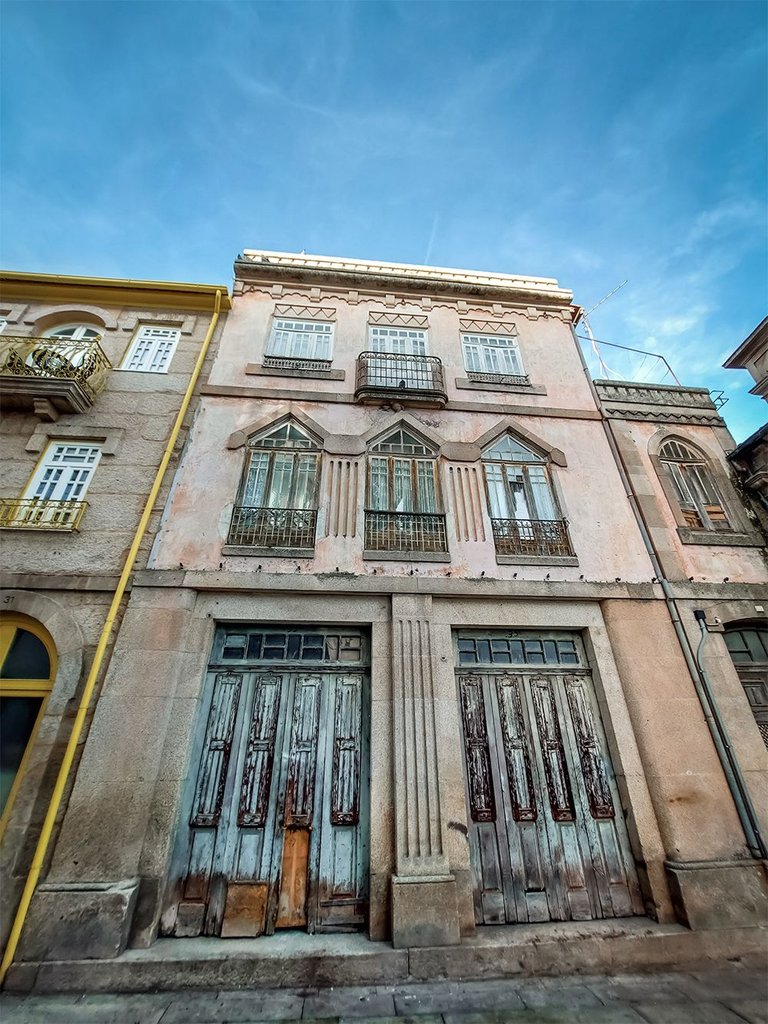
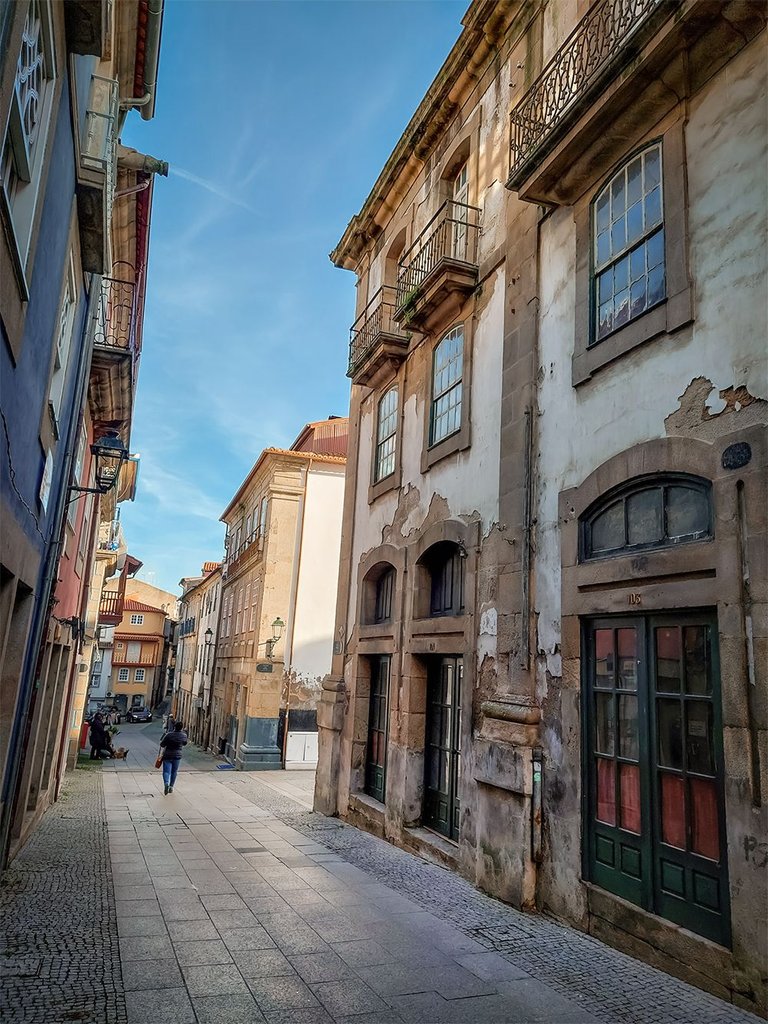
Small but very appetizing coffee shops, waffles and crepes shops invade the alleys with their smell of chocolate.
The terraces are not all in place at this time, but according to what we heard in summer, the streets are full of tables.
Right here, we couldn't miss going to Padaria Maria (Maria Bakery). We bought 6 warm Chaves pastries that didn't even cost €5. They said (and I already mentioned it in the first post) that the best traditional pastries were made here. I can say that they disappeared in a matter of minutes and I never looked back because I believe I would have sat on the stairs eating until I could no longer eat.
Tomorrow I'll bring you a little more of this little piece of Northern Portugal.
I hope you enjoyed.
See you around.
Wishing you much peace and health
Those who pass by us do not go alone. They leave a bit of themselves, taking a piece of us."
Author: Antoine de Saint-Exupery, The Little Prince.


